Journeys Through Bookland, Volume 8
Journeys Through Bookland, Volume 8
A New and Original Plan for Reading Applied to the World's Best Literature for Children
Book Excerpt
ng. The enemy sailed toward us directly before the wind, and we feared greatly lest they should run us down. So we rowed straight up into the "wind's eye," as the sailors say, and got close to windward of them. While we were doing this, other of our boats in which were thirty-two more men overtook us, so that altogether we were sixty-eight men engaged in the fight that day.
In the three vessels of the Little Fleet that opposed us were altogether two hundred and seventy-eight men, of whom more than two hundred were native Spaniards, the rest being Indians or Mulattoes. The commanders of these ships had issued orders that no quarter was to be given to any of the buccaneers. But such bloody commands as these seldom or never prosper.
The canoe of Captain Sawkins and that wherein I was were much to the leeward of the rest. The third of the Spanish ships came between us two and fired on me to the windward and on Captain Sawkins to the leeward, wounding with these broadsides four men in the Captain's c
Editor's choice
(view all)Popular books in Young Readers, Short Story Collection, Fiction and Literature
Readers reviews
5.0
LoginSign up
Journeys Through Bookland was first published in 1909. Collected and edited by Charles Sylvester, it was intended to be a progressive approach to classic literature.
The selections are varied and include classic fiction, poetry, non-fiction/essays, biography, nature stories, science, history, myths, folk & fairy tales, and nursery rhymes. This is a fantastic way to approach literature with children, and each selection has been carefully chosen to relate in some way to the previous piece, giving readers both young and old a sense of the interconnectedness of literature, poetry, science, history and nature.
'Journeys' was originally published as a set of 10 volumes with an additional volume called 'The Guide', this being a detailed discussion of the contents, recommended methods of use, topical index, forms of prose and poetry, and a supplemental booklist. Much of the information in the guide was condensed or omitted over time, until eventually in the 1950s the the set was printed in 8 volumes with only a very brief bit of information from the guide in the end of the 8th volume.
The following description of Volume Eight comes from the 1922 edition of Volume 10, The Guide:
"Volume Eight. The notable feature of the eighth volume is the selection from the plays of Shakespeare. Nothing is more important in the literary education of a child than his proper introduction to the greatest of our great writers, and this has been accomplished in the following manner. The Tempest was selected as the play, because it is simple and lively in its style, appeals to young people and has in it just enough of the marvelous, the beautiful and the terrible to make a decided impression on one who reads it for the first time. There are other plays that are greater but none that may be taught so easily to juvenile readers. In this volume there is a brief article on the reading of Shakespeare; this is followed by the inimitable tale of The Tempest by Charles and Mary Lamb; this by the play, The Tempest, practically as it was written; and this, in turn, by a long series of interesting studies on the drama. The whole is attractive from start to finish and the studies are certain to lead the reader to think.
The drama, then, is the new feature of the ninth volume, but this is also the volume of fine essays, the highest type of prose. The essays are best represented by the following titles, all of which may be found in the table of contents of the eighth volume: The Alhambra by Irving, A Bed of Nettles by Allen, Dream Children, by Charles Lamb. These titles, too, show how broad is the field covered by the essay and how delightful a variety there may be in the one style of composition. The departments of Travel and Adventure, Patriotism and History have not been neglected. On the whole it is a serious volume, one which will give the high school student and the older members of the family a plentiful supply of good reading material and a suggestion of study for the evenings of many a winter day."
This is a great volume, especially for 'teens' who enjoy Shakespeare (and for parents), it also contains 'Casabianca', once a staple of English schoolchildren, but now best known for its recitation by the Blackett sisters in the Swallows & Amazons series!
The selections are varied and include classic fiction, poetry, non-fiction/essays, biography, nature stories, science, history, myths, folk & fairy tales, and nursery rhymes. This is a fantastic way to approach literature with children, and each selection has been carefully chosen to relate in some way to the previous piece, giving readers both young and old a sense of the interconnectedness of literature, poetry, science, history and nature.
'Journeys' was originally published as a set of 10 volumes with an additional volume called 'The Guide', this being a detailed discussion of the contents, recommended methods of use, topical index, forms of prose and poetry, and a supplemental booklist. Much of the information in the guide was condensed or omitted over time, until eventually in the 1950s the the set was printed in 8 volumes with only a very brief bit of information from the guide in the end of the 8th volume.
The following description of Volume Eight comes from the 1922 edition of Volume 10, The Guide:
"Volume Eight. The notable feature of the eighth volume is the selection from the plays of Shakespeare. Nothing is more important in the literary education of a child than his proper introduction to the greatest of our great writers, and this has been accomplished in the following manner. The Tempest was selected as the play, because it is simple and lively in its style, appeals to young people and has in it just enough of the marvelous, the beautiful and the terrible to make a decided impression on one who reads it for the first time. There are other plays that are greater but none that may be taught so easily to juvenile readers. In this volume there is a brief article on the reading of Shakespeare; this is followed by the inimitable tale of The Tempest by Charles and Mary Lamb; this by the play, The Tempest, practically as it was written; and this, in turn, by a long series of interesting studies on the drama. The whole is attractive from start to finish and the studies are certain to lead the reader to think.
The drama, then, is the new feature of the ninth volume, but this is also the volume of fine essays, the highest type of prose. The essays are best represented by the following titles, all of which may be found in the table of contents of the eighth volume: The Alhambra by Irving, A Bed of Nettles by Allen, Dream Children, by Charles Lamb. These titles, too, show how broad is the field covered by the essay and how delightful a variety there may be in the one style of composition. The departments of Travel and Adventure, Patriotism and History have not been neglected. On the whole it is a serious volume, one which will give the high school student and the older members of the family a plentiful supply of good reading material and a suggestion of study for the evenings of many a winter day."
This is a great volume, especially for 'teens' who enjoy Shakespeare (and for parents), it also contains 'Casabianca', once a staple of English schoolchildren, but now best known for its recitation by the Blackett sisters in the Swallows & Amazons series!
- Upvote (0)
- Downvote (0)
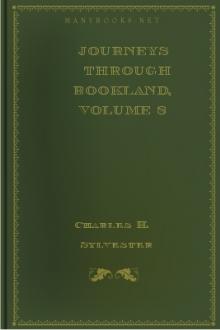
 Free Download
Free Download














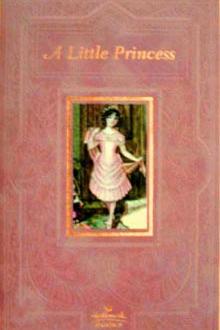


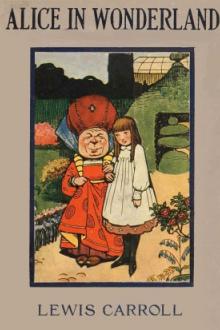
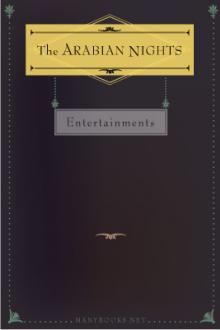
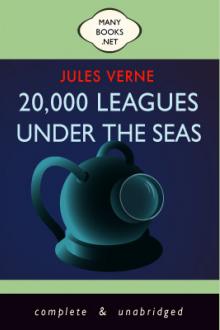
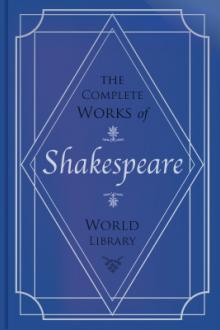


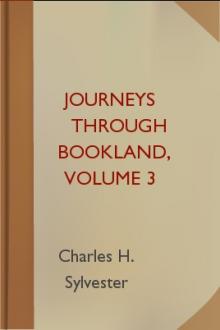
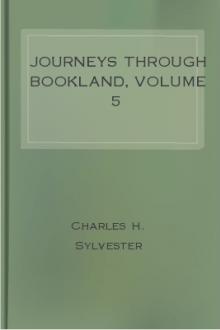
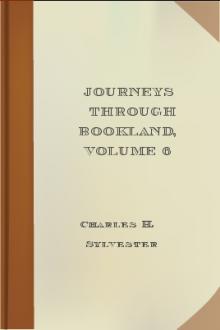
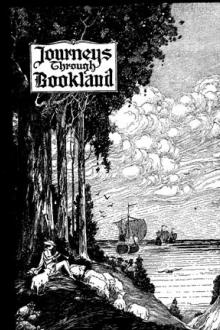
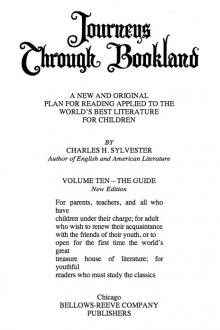

-itok=vcKIB5v1.jpg)